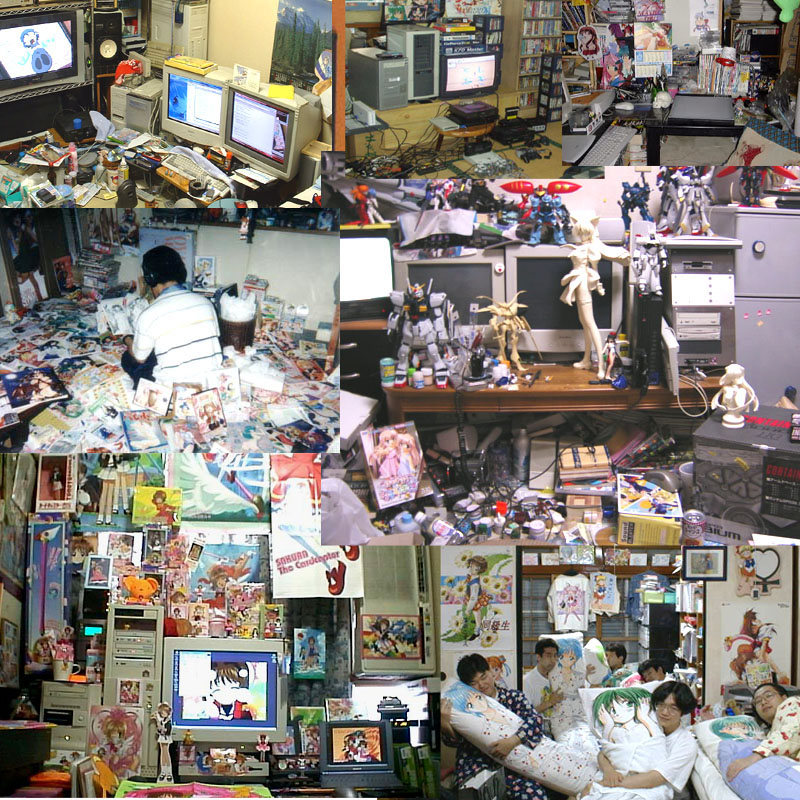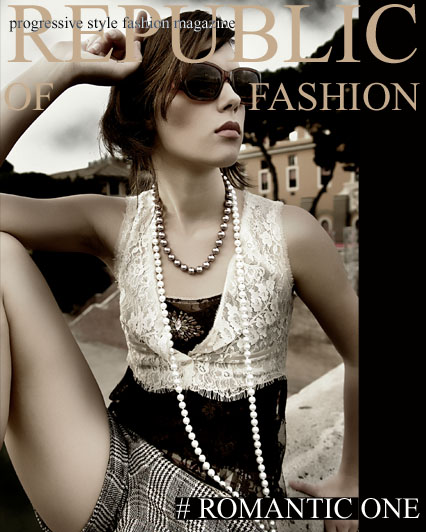Utopia
From
my existing knowledge Utopia is the dream of a perfect world but the definition
of Utopia is an ideal community or society possessing a desirable perfection.
In terms of design people, artist and designers are always trying to create the
perfect image or form of art.
The
information I found on utopia was the definition and the search for perfection,
movies with Utopian ideas, music like Within Temptation, resorts throughout
South Africa and an online game.
The context helped with distinguishing between
information that is relevant and irrelevant because I was searching for the
definition of utopia and chose what was relevant to this assignment. I chose
what seemed to be relevant to utopia and other websites perception of utopia.
The other websites information is about a movie, music and other topics.
The
game website because you can build your own society, battle and connect with
other player's societies. Utopia and utopianism were the only words required
for this topic.
Images
Images are based on landscapes on what Utopian cities and the artists perspective of Utopian ideals
Digital painting of landscape and phenomenas that don't usually go together
Facebook game encouraging you to make your own Utopia
Utopian cave with everything someone would need
Utopian city on the moon overseeing th Earth, very Surreal and Mystical
Marvel Comics Utopia, where the X-Men live and are trying to build a new home for the mutants
Movie Poster, the title of the movie is clearly an oxymoron because there's nothing Utopian about this camp
Futuristic Utopian city. Full of grand exaggerated skyscrapers and designs
Album cover, the search for perfection in music.
Search for Utopia through scents
Digital painting of a Utopian space city
Top 10
Search Results for Utopia
Utopia -
Wikipedia, the free encyclopedia
en.wikipedia.org/wiki/UtopiaShare
Utopia is an
ideal community or society possessing a desirable perfection. The word was
coined in Greek by Sir Thomas More for his 1516 book Utopia, ...
Utopia Chapel
- Heroldsbaai
www.utopiavillage.co.za/
Utopia
village presents Utopia Chapel Heroldsbay, George, Garden Route, South Africa.
Utopia Nature
Resort | Cottages / Chalets Buffelspoort
www.sleeping-out.co.za/md/Utopia-Nature-Resort/1068
Accommodation We offer accommodation in A-framed chalets. Each has been
tastefully decorated to make our guests feel at home. Located in ...
Utopia - Home
utopia-game.com/Share
In Utopia a
good team is stronger than the sum of its parts. ... Utopia is free to play ,
no downloads are required and you don't need to be online all the time to
...Utopia (book) - Utopian and dystopian fiction - Utopian socialism -
Category:Utopias
Utopia (1951)
- IMDb
www.imdb.com/title/tt0042210/
Rating: 5.3/10 - 953 votes
Heading for a
newly inherited island, the boys are shipwrecked and marooned on an atoll which
has just emerged from the sea... See full summary »
Directed by
Léo Joannon. Starring Stan Laurel, Oliver Hardy, Suzy Delair.
Welcome to
Utopia in Africa
www.utopiainafrica.co.za/
UTOPIA IN
AFRICA provides a serene setting for guests to enjoy the beauty of the
Mpumalanga region, within minutes of the centre of Nelspruit. A boutique bed
...
Utopia Nature
Resort, Maanhaarrand, South Africa
www.roomsforafrica.com
› ... › North West accommodation
Within
Temptation - Utopia (feat. Chris Jones) - YouTube
www.youtube.com/watch?v=oEIvlihb2Ms
Latest video
off of Within Temptation 's "An Acoustic Night at the Theatre"-album.
This album will be released on October 30, 2009. Directed by Oscar Verpoor...
Utopia |
Define Utopia at Dictionary.com
dictionary.reference.com/browse/utopia
an imaginary
island described in Sir Thomas More's Utopia (1516) as enjoying perfection in
law, politics, etc. 2. (usually lowercase) an ideal place or state. 3.
Utopia Group
of Cinemas
www.utopolis.lu/
- Translate this page
Les horaires
des cinémas Utopolis, Ciné Utopia et du CDAC en un clin d'œil. Cinénews,
événements, séances spéciales, vente en-ligne, jeux-concours...Accommodation
and reservations at Utopia Nature Resort, in Maanhaarrand,
























































